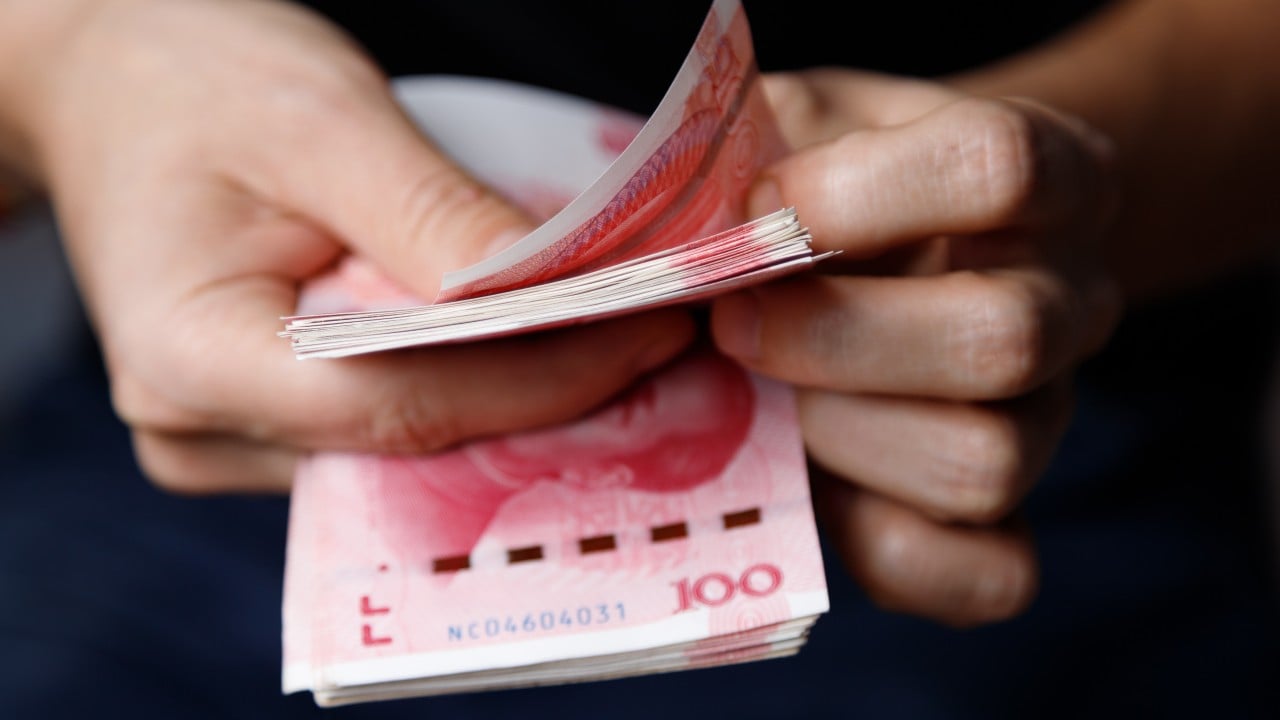China’s central bank has pledged to “resolutely guard against” excessive fluctuation in the yuan’s exchange rate, as the currency faces fresh pressure against a strong US dollar.
“[We should] maintain the basic stability of the yuan exchange rate at a reasonable and balanced level,” according to a release from the People’s Bank of China on Friday following a quarterly meeting of its monetary policy committee on Tuesday. “[The Chinese economy] still faces challenges such as insufficient demand and weak social expectations.
“We will implement prudent monetary policies accurately and effectively, paying more attention to countercyclical adjustments … to expand domestic demand, boost confidence and promote a virtuous economic cycle.”
Interest differentials have helped the US dollar strengthen against other currencies. In the past few days, China’s yuan slipped to a seven-month low against the dollar, with the spot yuan hitting 7.2659 against the dollar on Friday while the Japanese yen also weakened to a 38-year low this week, crossing the 161 mark against the dollar for the first time since 1986.
Rui Meng, a finance professor at the China Europe International Business School in Shanghai, said the PBOC has made pointed comments on the yuan’s recent depreciation pressure.
“Now that the US interest rate remains unchanged, there is downward pressure building on China’s interest rate, so there is an expectation of the yuan’s depreciation, and this expectation may be self-fulfilling,” Rui said.
Li Xuenan, a finance professor with the Cheung Kong Graduate School of Business in Beijing, said maintaining exchange-rate stability is critical for China as a large exporter and importer.
“At present, the US Federal Reserve continues to maintain high interest rates, piling pressure on various other currencies,” she said. “The Japanese yen has tumbled recently, and the Bank of Japan has failed to intervene promptly. There are unilateral expectations in the market about the yen’s further depreciation, which has exacerbated the situation. These are lessons China can learn from [this].”
The PBOC’s readout said it is necessary to implement comprehensive policies, correct deviations, stabilise expectations, resolutely correct procyclical behaviour, and prevent the formation and self-reinforcement of unilateral consistent expectations.
“It is necessary to intensify the implementation of monetary policies that have been introduced,” it added.
Still, the PBOC has set weaker daily fixings recently, signalling a possible acceptance of yuan depreciation.
French investment bank Natixis said earlier this week that the yuan was facing its highest level of capital outflow in eight years, with China’s trailing 12-month net capital outflows standing at US$139 billion as of May 2024 – marking the worst year for the figure since a period from 2016 to 2017.
Large differentials between the interest rates of the US and China, weak confidence in China’s economic outlook, and perceptions of geopolitical risks from using the yuan have contributed to the trend, the French investment bank said.
Analysts had said earlier that uncertainties surrounding the presidential election in the United States could further pressure the yuan in the coming months.
Separately, the PBOC said it will also step up financial support to a housing supply system that integrates market and social housing, promoting a new model of real estate development in China.
Last month, Beijing announced a slew of measures to rescue the nation’s property sector, including 300 billion yuan (US$41.3 billion) in funding to help clear excess housing inventory.
“[It is necessary to] fully understand the new changes in the supply and demand in the real estate market, comply with the people’s new expectations for high-quality housing, and strive to promote the implementation of financial policies and measures that have been introduced to promote the stable and healthy development of the real estate market,” it said.


